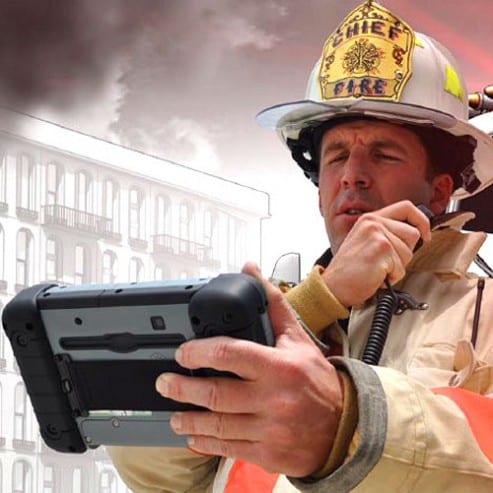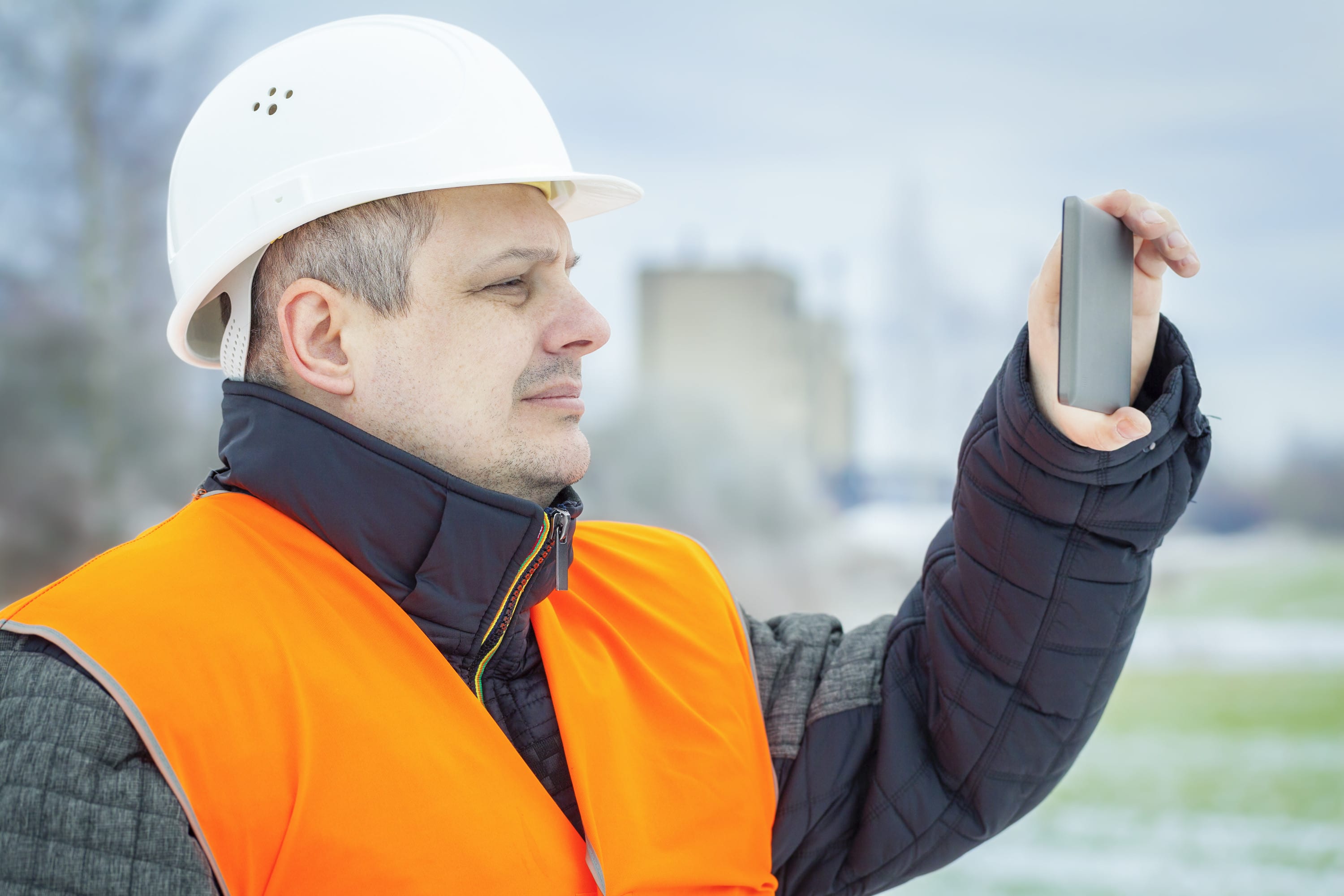Painters, plumbers and contractors aren’t the only ones tapping into tablets and smartphones to streamline work in the field. Thousands of specialized government field workers — in particular, seasonal firefighters — rely on mobile technology to share status updates, maps, videos, and other critical features to get the job done. While they can’t eliminiate the often incredible risks firefighters face, they do have a substantial impact. Here’s how field mobility is helping out on the front lines:
In-the-Field Updating
 While putting out fires, U.S. Forest Service employees share updates about where fires are spreading. With information about how far a fire will reach, firefighters can prevent the flames from spreading farther and send evacuation alerts to residents. As Jerome Davin, director of the USDA’s Mobile Computing Program Management Office discussed recently in FierceMobileIT’s recent webinar, “Optimizing Field Services with Mobility,” “Last summer, the Forest Service used 3G-wireless equipped iPads on their fire line, shooting videos and photos, creating detailed maps and designing a response plan. This project significantly improved firefighting coordination efforts.”
While putting out fires, U.S. Forest Service employees share updates about where fires are spreading. With information about how far a fire will reach, firefighters can prevent the flames from spreading farther and send evacuation alerts to residents. As Jerome Davin, director of the USDA’s Mobile Computing Program Management Office discussed recently in FierceMobileIT’s recent webinar, “Optimizing Field Services with Mobility,” “Last summer, the Forest Service used 3G-wireless equipped iPads on their fire line, shooting videos and photos, creating detailed maps and designing a response plan. This project significantly improved firefighting coordination efforts.”
With mobile apps, the Forest Service can create evacuation plans and assess damage the moment firefighters reach the site. Before fires start, apps with aerial sketch mapping allow Forest Service employees to predict which areas are prone to fires.
Real-Time Mapping
Apps on iPads and other mobile devices help firefighters get on the same page about the real-time status of the situation they are approaching. With apps, the firefighters can tackle situations with more preparation and knowledge than before, and pass still-existing issues onto the next team.
Chris Brenzel, fire engine captain and situation unit leader for the U.S. Forest Service, uses mobile maps to brief his team as they helicopter into a forest. As Brenzel explained recently in CIO, “Everyone was able to take out their tablets and look at the custom map as we went over our concerns and what issues we were leaving for the other team. It made for a smooth transition.”
Extreme Hardware
What’s on the device, such as mobile apps, is important for improved performance, but those only matter if the phone or tablet can handle the wear and tear of field service. When station commanders asked Malcolm Thompson, assistant director for IT infrastructure at Fire and Rescue NSW, for new phones, they didn’t want sleek iPhones and Androids; they wanted beefier devices with bigger buttons. “They’re used to throwing things down and around in emergencies, so we’re looking for that particular type of technology to meet that requirement,” Thompson told iTnews.


Share this: